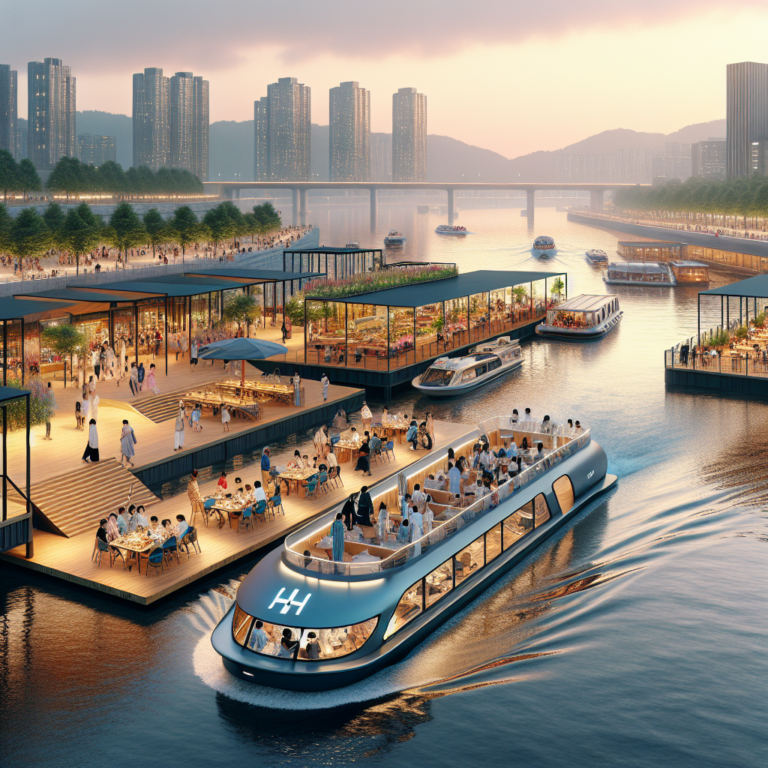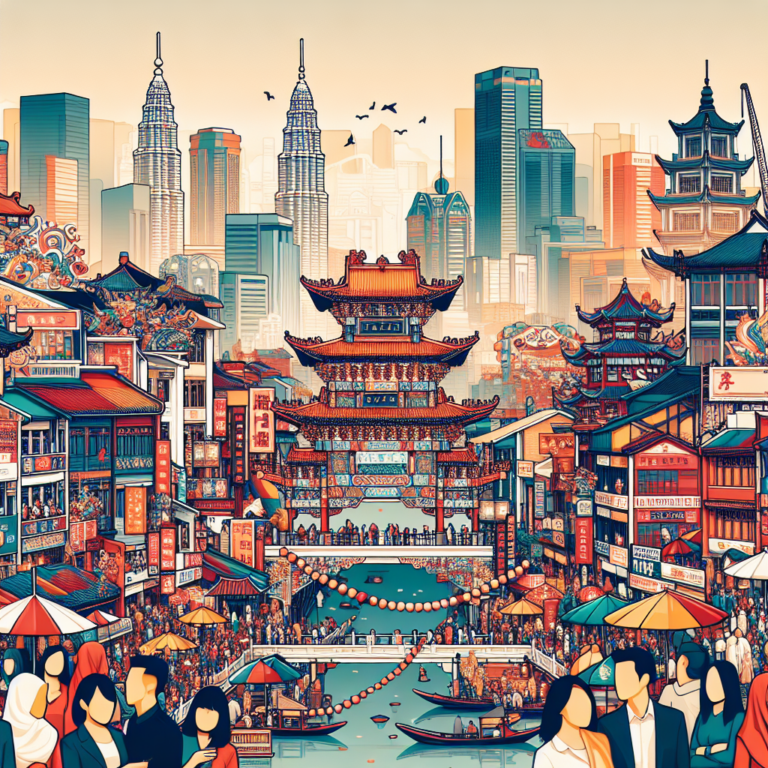Gyeongbokgung Palace: A Glimpse into Korea’s Royal Heritage
Table of Contents
- Construction and Founding
- Architectural Mastery
- Restoration Efforts and Present Day
- Cultural Experiences for Visitors
- Symbol of National Pride
Construction and Founding
Built in 1395 by King Taejo, the founder of the Joseon dynasty, Gyeongbokgung Palace stands as the most significant and largest of the five grand palaces established during this era in South Korea. Serving as the main royal residence, it played a central role in the administration and ceremonial life of the kingdom. The palace endured severe damage during the Imjin War (1592-1598), which led to its abandonment and ruin for nearly three centuries. It wasn’t until 1867 that Prince Regent Heungseon initiated restoration efforts under King Gojong’s reign, aiming to revive this vital symbol of royal authority and heritage.
Architectural Mastery
Spanning over 40 hectares, the palace complex originally featured approximately 7,700 rooms, although today, around 330 buildings have been meticulously restored. Gyeongbokgung exemplifies traditional Korean architectural principles, characterized by graceful wooden structures, intricate roofs, and harmonious layouts that blend with the surrounding landscape. Key highlights include the Gyeonghoeru Pavilion, an elegant structure used for royal banquets; Hyangwonjeong Pond, a picturesque water feature; and Geunjeongjeon Hall, the grand Royal Audience Chamber where official state affairs were conducted. These elements collectively showcase the sophisticated design and aesthetic values of the Joseon era.
Restoration Efforts and Present Day
The early 20th century brought significant destruction to the palace during the Japanese occupation, resulting in the loss of many original structures. Restoration initiatives have been vigorous since the 1990s, focusing on reconstructing iconic gates like Heungnyemun and Gwanghwamun, while dismantling the remnants of the Japanese Government-General Building to restore the palace’s original appearance. Today, Gyeongbokgung houses the National Palace Museum and the National Folk Museum, offering visitors a comprehensive understanding of Korea’s royal history and cultural evolution through its preserved and restored edifices.
Cultural Experiences for Visitors
Gyeongbokgung Palace is not only a historical site but also a vibrant cultural hub. Visitors have the opportunity to immerse themselves in the Joseon era through various activities, including free guided tours available in English, Japanese, and Chinese. Daily re-enactments of the Changing of the Royal Guard and the Patrol Ritual provide an engaging glimpse into the ceremonial traditions of the past. These interactive experiences, held in front of Heungnyemun Gate, allow guests to witness traditional uniforms, protocols, and performances that bring the rich heritage of the palace to life.
Symbol of National Pride
Today, Gyeongbokgung Palace remains a powerful symbol of South Korea’s national sovereignty and cultural identity. It embodies resilience and the enduring legacy of the Joseon dynasty, reflecting the country’s commitment to preserving its historical landmarks. As a major tourist attraction, it plays a crucial role in educating both locals and international visitors about Korea’s rich history and architectural brilliance. The palace’s ongoing restoration and cultural programs continue to reinforce its status as a treasured national heritage site, celebrating Korea’s past while inspiring future generations.






